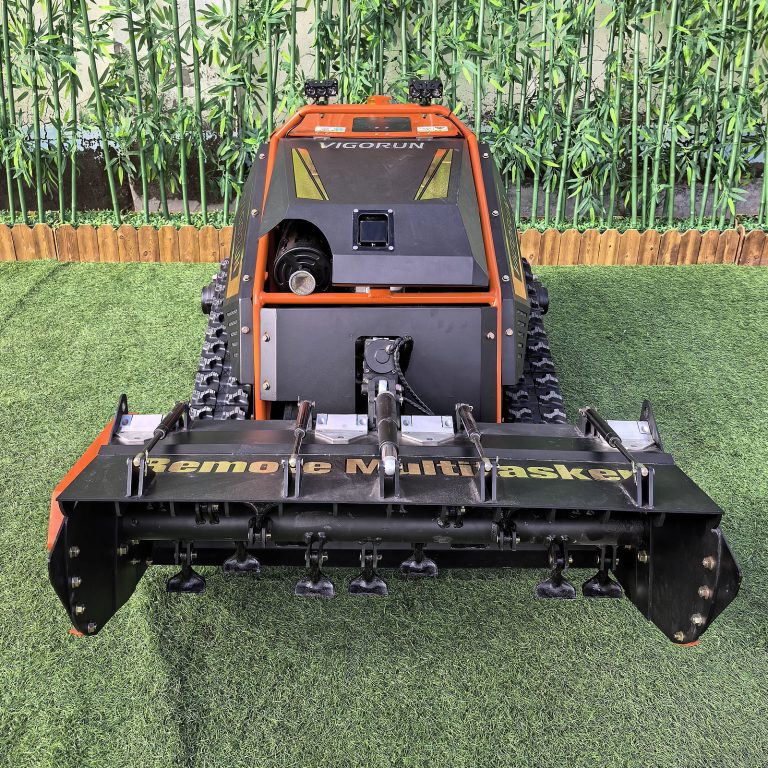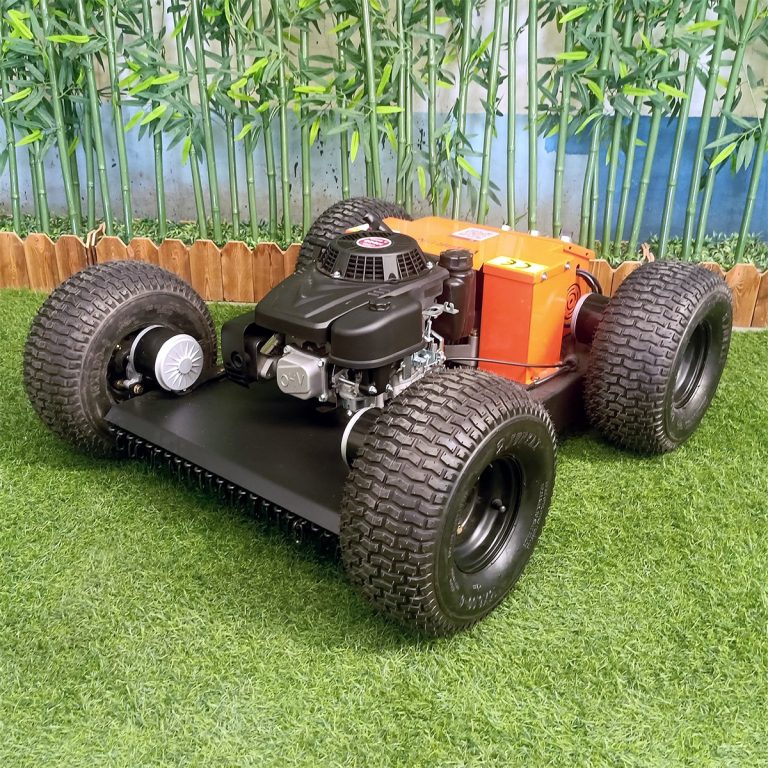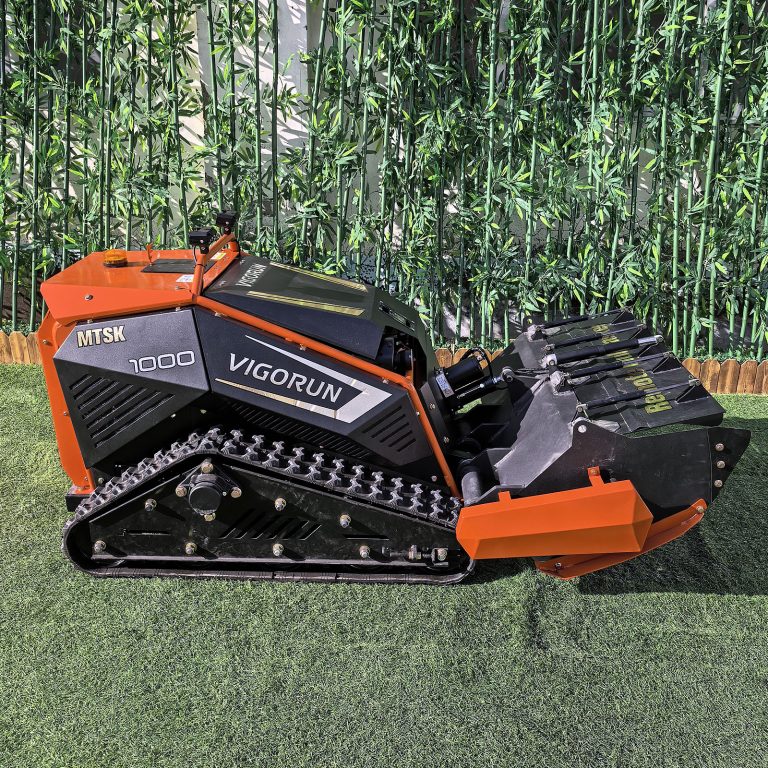Table of Contents
Merkmale des Loncin 764CC-Benzinmotors
Der Loncin 764CC-Benzinmotor ist ein leistungsstarker und effizienter V-Zweizylindermotor. Dieser auf robuste Leistung ausgelegte Motor verfügt über eine Nennleistung von 18 kW bei 3600 U/min und eignet sich daher hervorragend für anspruchsvolle Anwendungen.
Ausgestattet mit einer Kupplung, die nur bei einer vorgegebenen Drehzahl einrückt, gewährleistet der Motor einen reibungslosen Betrieb und optimale Effizienz. Mit dieser Funktion behält der Benutzer die Kontrolle über seine Aufgaben, ohne Kompromisse bei der Stromversorgung einzugehen.
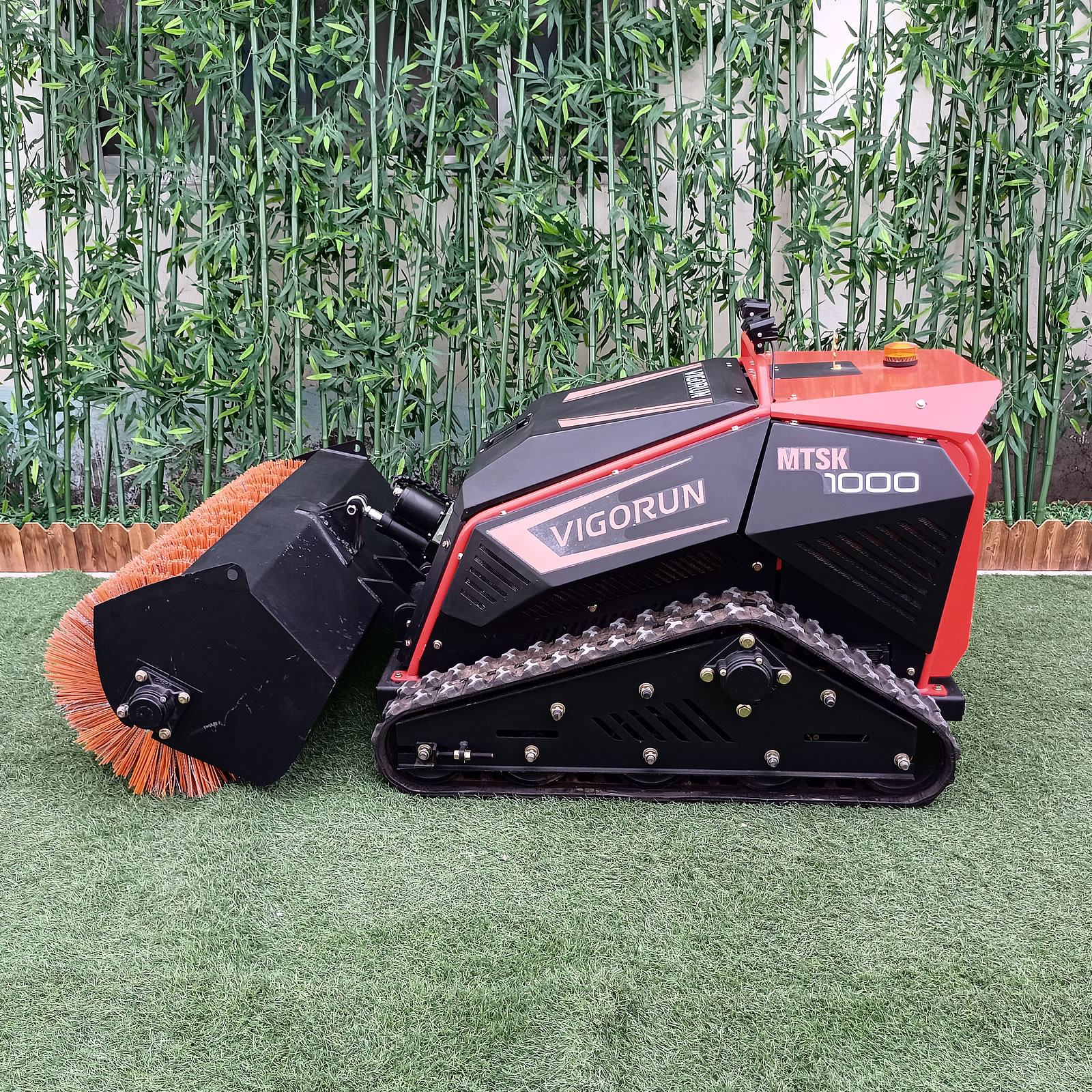
Die beeindruckenden Spezifikationen des 764-cm³-Benzinmotors ermöglichen es ihm, verschiedene Herausforderungen effektiv zu meistern. Ganz gleich, ob Sie es mit dichter Vegetation oder unebenem Gelände zu tun haben, dieser Motor bietet die Stärke und Zuverlässigkeit, die für einen erfolgreichen Betrieb erforderlich sind.
Mit seinen Hochleistungsfähigkeiten setzt der Loncin 764CC-Benzinmotor einen Standard in der Branche und macht ihn zur bevorzugten Wahl für Benutzer, die Qualität und Langlebigkeit ihrer Ausrüstung suchen.
Vielseitigkeit und Sicherheit des Hammermulchers
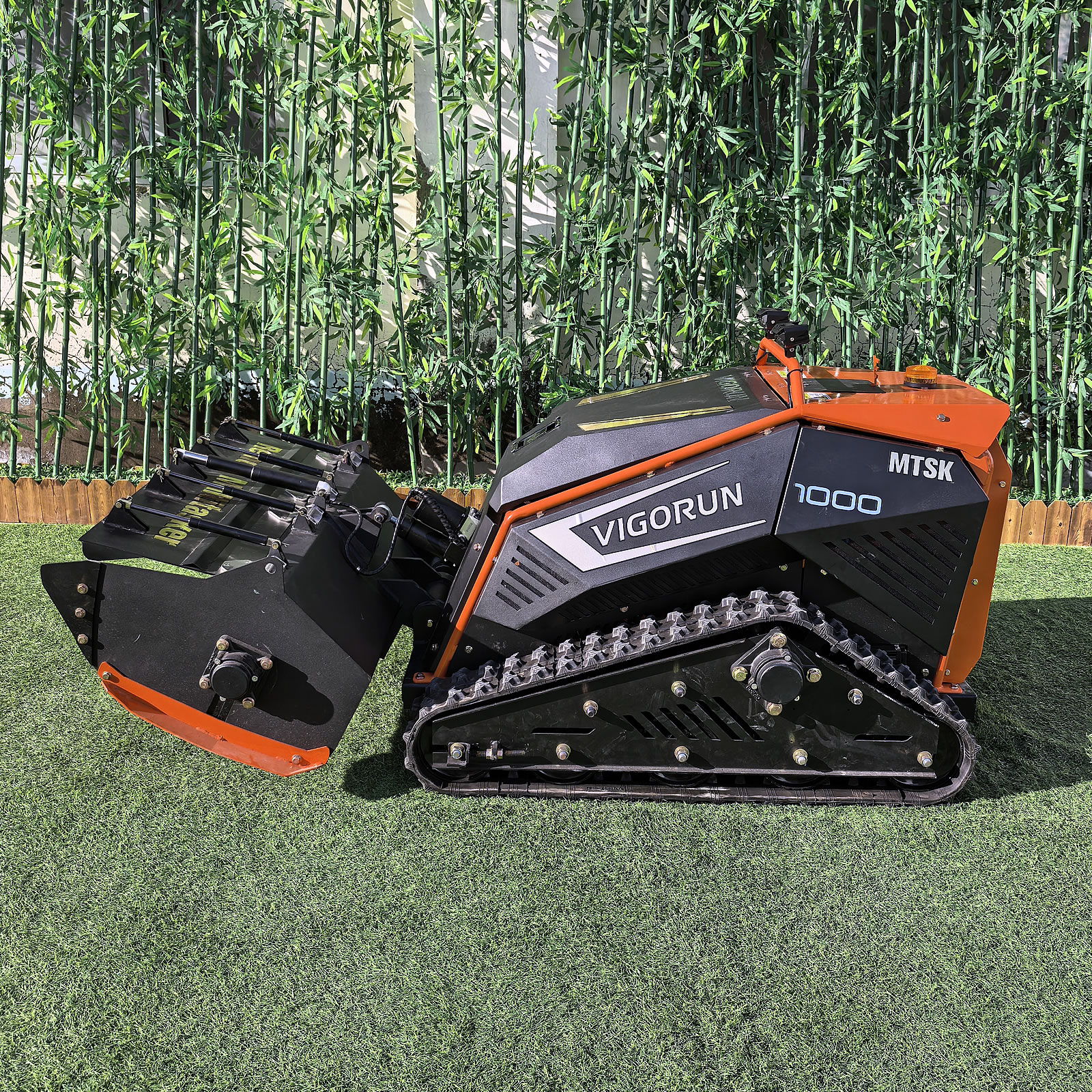
Der ferngesteuerte Raupen-Hammermulcher Loncin 764CC mit Benzinmotor und 1000 mm Schnittbreite von Vigorun Tech zeigt außergewöhnliche Vielseitigkeit. Es ist für den multifunktionalen Einsatz mit austauschbaren Frontanbaugeräten konzipiert, darunter ein 1000 mm breiter Schlegelmäher, Hammerschlegel, Forstmulcher, Winkelschneepflug und Schneebesen.
Diese Flexibilität macht die Maschine ideal für verschiedene Anwendungen wie schweres Grasschneiden, Strauch- und Buschräumen, Vegetationsmanagement und Schneeräumung. Seine Fähigkeit, sich an unterschiedliche Aufgaben anzupassen, gewährleistet eine hervorragende Leistung auch unter schwierigen Bedingungen.
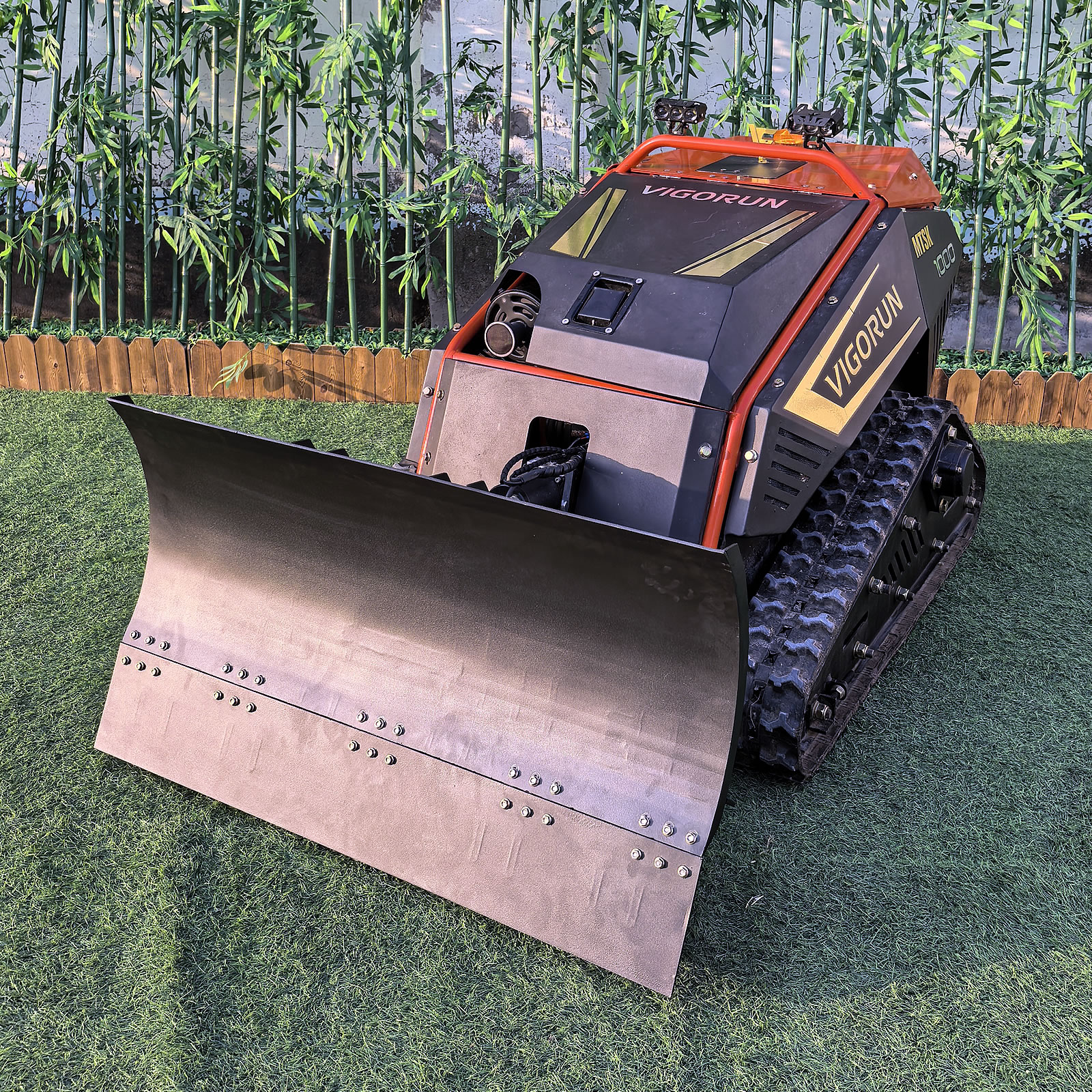
Sicherheit steht bei der innovativen Konstruktion des Hammermulchers an erster Stelle. Die eingebaute Selbsthemmungsfunktion sorgt dafür, dass sich die Maschine nur dann bewegt, wenn sowohl Strom anliegt als auch Gas gegeben wird, und verhindert so ein unbeabsichtigtes Wegrutschen. Dies erhöht die Betriebssicherheit, insbesondere am Hang, erheblich.
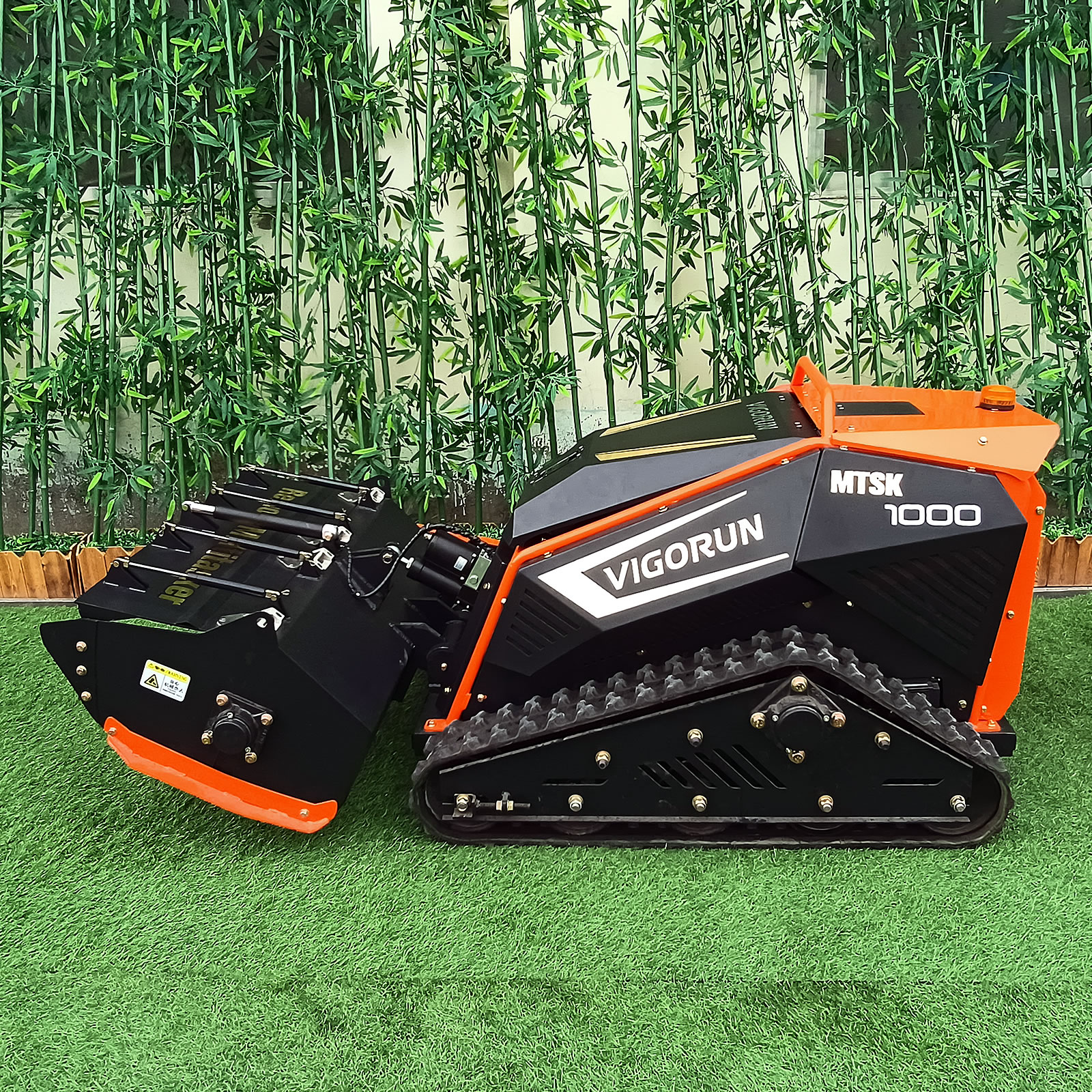
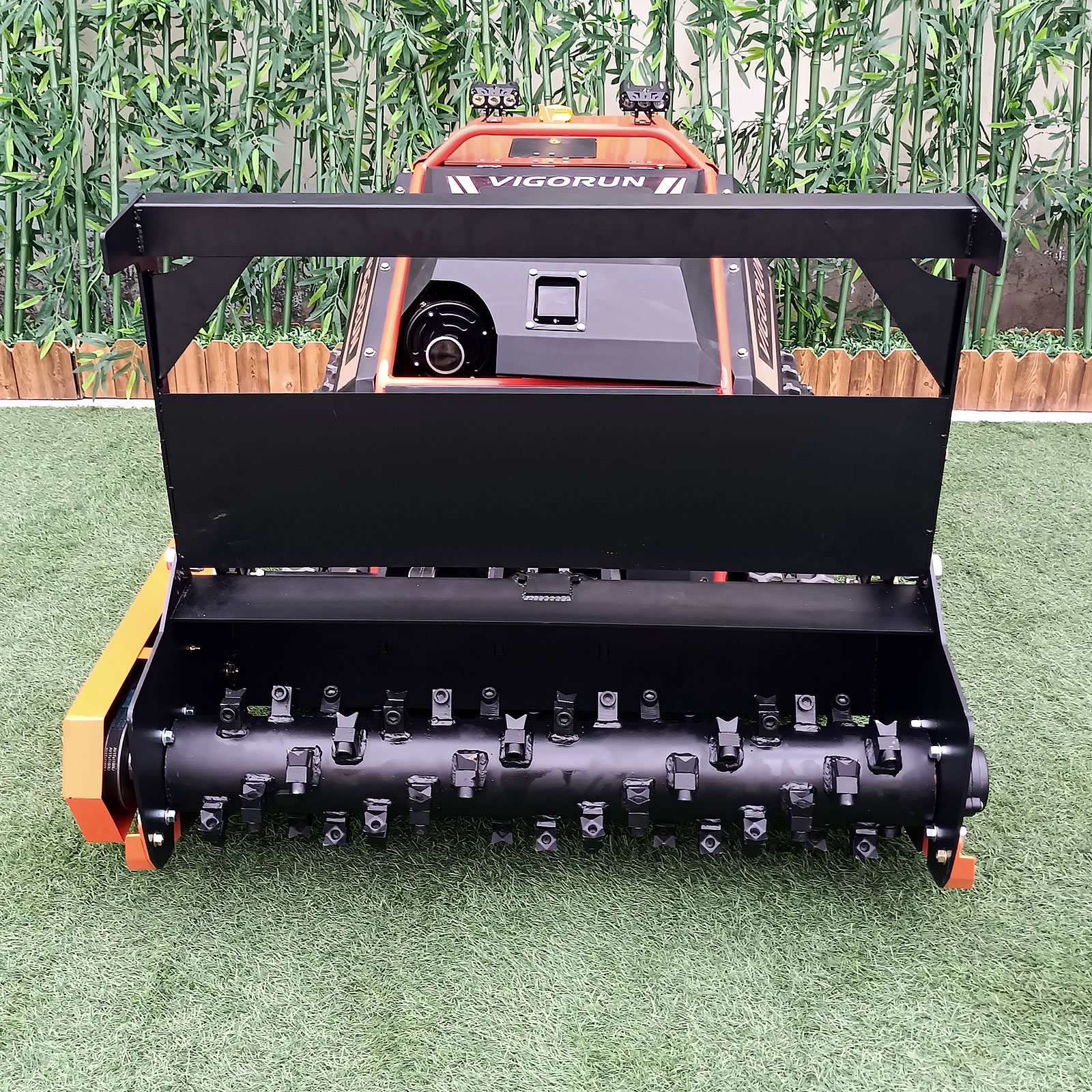
Darüber hinaus regelt der intelligente Servocontroller die Motorgeschwindigkeit präzise und synchronisiert die linke und rechte Spur, sodass eine geradlinige Fahrt ohne ständige Anpassungen möglich ist. Dies reduziert die Arbeitsbelastung des Bedieners und minimiert die Risiken einer Überkorrektur, insbesondere in steilem Gelände.




